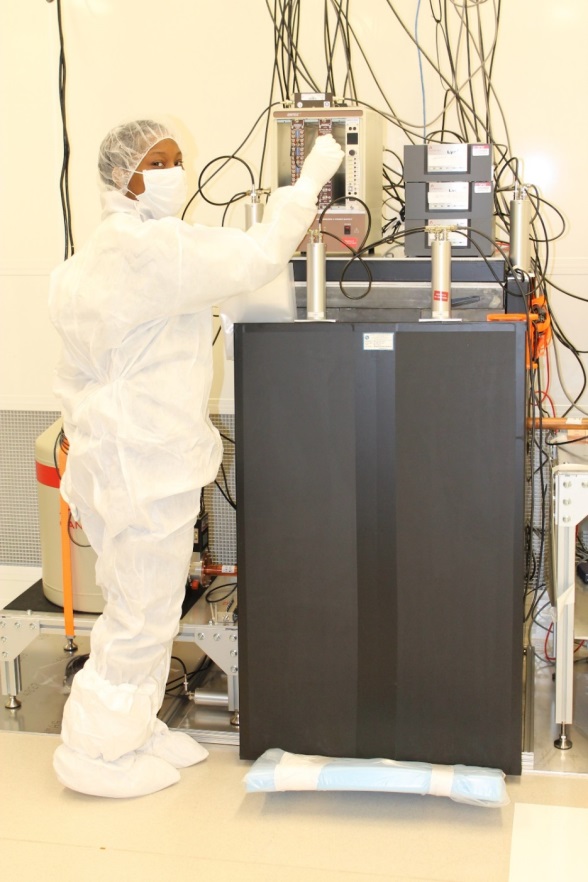Research Focus Areas: 2 & 3
Graduate Students: T. E. Maurer
Collaborators: PNNL

Nuclear explosions produce thousands of radioactive isotopes. If the explosion is conducted underground few if any of the isotopes escape to be detected. However, radioxenon isotopes are of interest because they remain in a gaseous state and travel through the subsurface and the atmosphere regardless of their source. Radioxenon detection is one component of an international system used for treaty verification. Since the inception of the Comprehensive Nuclear-Test-Ban Treaty (CTBT) in 1996, numerous detection methods and technologies have been developed.
Recently, the need for more sensitive and high resolution detection systems has increased. This project involves the characterization and analysis of advanced detector systems for radioxenon, with the goal of producing a detector system with high resolution, sensitivity, and minimal memory effect. The detector system will be located in the underground laboratory at Pacific Northwest National Laboratory for the added capability of ultra-low background measurements. Additionally, non-traditional methods of measuring radioxenon will be tested. The detector system will be optimized with simulations.
Related Publications:
- C. Sivels, S. Clarke, E. Padovani, A. Prinke, J. McIntyre, S. A. Pozzi. “Validation of MCNPX-PoliMi code for simulations of radioxenon beta-gamma coincidence detection,” Nuclear Instruments and Methods in Physics Research A 906, pp. 43-49, 2018
- C. B. Sivels, J. I. McIntyre, T. W. Bowyer, M. B. Kalinowski, S. A. Pozzi, “A review of the developments of radioxenon detectors for nuclear explosion monitoring,” Journal of Radioanalytical and Nuclear Chemistry, vol. 314, 2, pp. 829-841, 2017.
- M.P. Foxe, J. C. Hayes, M. F. Mayer, J. I. McIntyre, C. B. Sivels, and R. Suarez, “Characterization of a Commercial Silicon Beta Cell,” Pacific Northwest National Laboratory, Technical Report, March 2016.
Related Conference Proceedings:
- L. M. Clark, N. P. Giha, S. D. Clarke, S. A. Pozzi, “Time and Energy Resolution of Organic Glass Scintillators for Radionuclide Monitoring”, IEEE NSS & MIC virtual conference, 2021
- M.P. Foxe, J. L. Burnett, M. F. Mayer, J. I. McIntyre, and C. B. Sivels, “Low-Background Radioxenon Detector System,” IEEE Nuclear Science Symposium Conference Record, Strasbourg, France. 29 October – 6 November, 2016.
